Many of us have seen seashells on the beach and marvelled at their colours, and patterns of curves and ridges. But seashells are far more than just pretty objects, and their intricate structures can help us learn more about the inhabitants that once dwelled inside them.
Abalone

Abalone shells are gleaming and shiny on the inside, thanks to layers of nacre, the same stuff that pearls are made of. Nacre is 95 per cent calcium carbonate – chalk, essentially – but try dropping an abalone shell and you’ll see it’s virtually shatterproof. This super strength comes down to nacre’s microscopic structure of diamond-shaped crystals stacked like bricks, with layers of chitin in between.
Chitin is the same tough protein that makes insect exoskeletons and shrimp shells. If the outside of the shell gets damaged, the inner nacre layer stops cracks from growing bigger. The nacreous crystals slide over one another and the chitin stretches, dampening the energy of a spreading crack and halting it in its tracks.
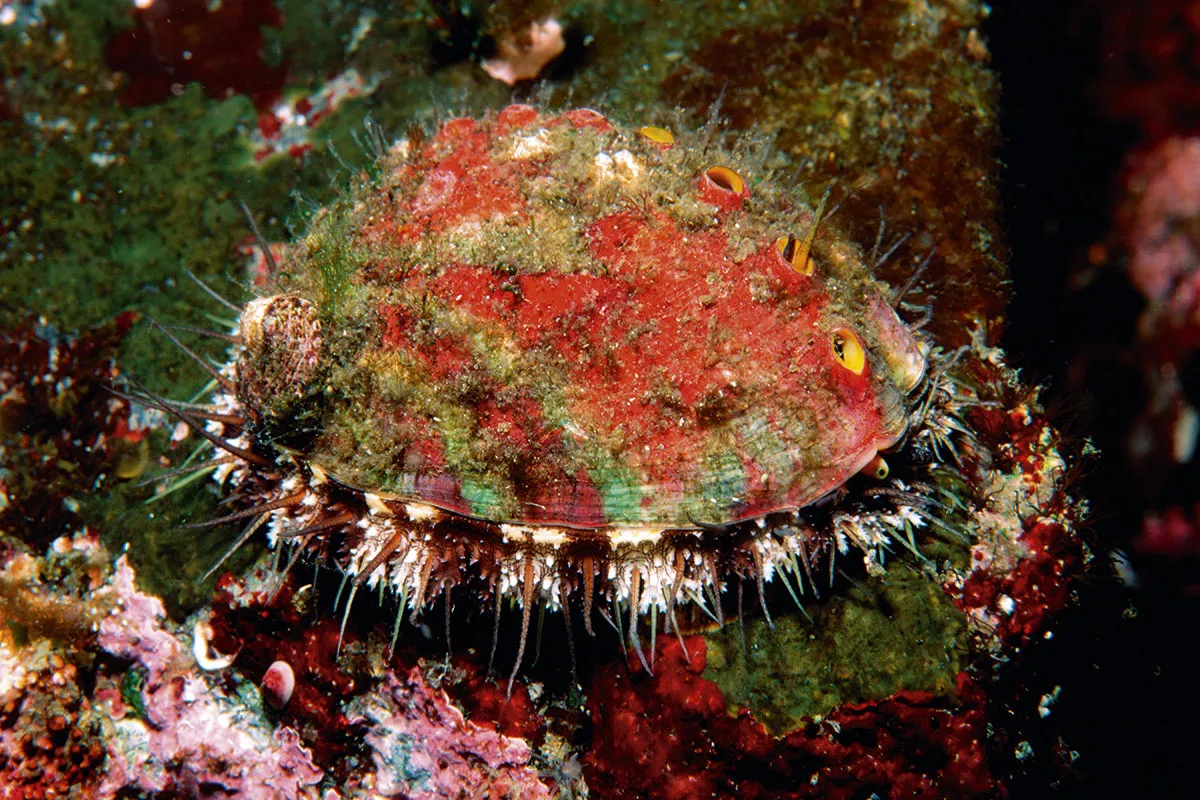
Scientists from Canada’s McGill University recently mimicked the structure of nacre using glass flakes and acrylic to produce a transparent composite that’s three times stronger than normal glass and five times more resistant to fractures. Easy and cheap to make, this could be the ideal material for the next generation of smartphone screens that won’t smash no matter how hard they’re dropped, all inspired by nature’s nacre.
Chambered nautilus

This is the view inside the shell of a chambered nautilus that’s been sliced into two halves, left and right. When the nautilus was alive, each of those chambers was filled with gas, which turned the shell into a buoyancy device. The floaty shell helps a nautilus to hover in the water column and therefore save energy.
Of all the cephalopods – the group of molluscs including octopuses and squid – it’s only chambered nautiluses that live inside shells. All the others either abandoned their shells entirely or have modified internal shells, like the cuttlebones of cuttlefish that often wash up on beaches.
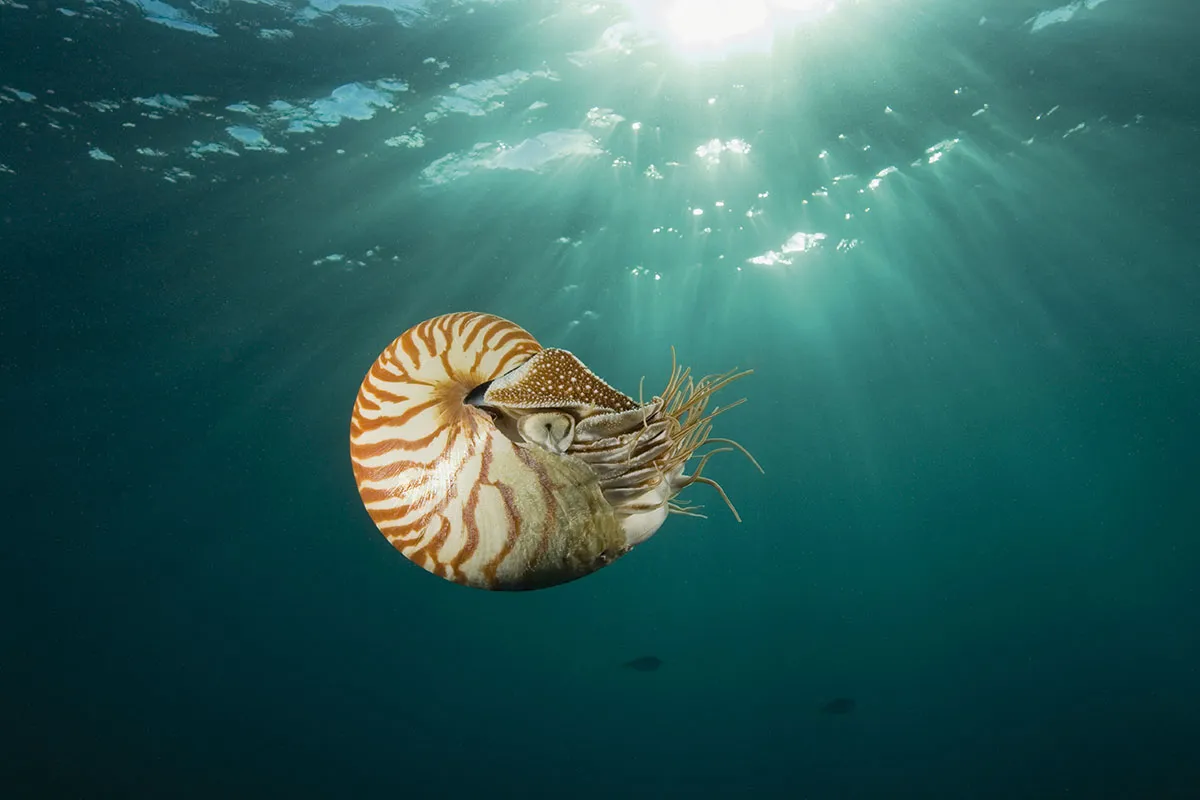
The elegant whorl inside the shell is what mathematicians call a ‘logarithmic spiral’. Tracing the line from the midpoint outwards, the spiral expands by a constant amount for each 360° spin. It’s made by the nautilus throughout its life as it grows bigger, adding more calcium carbonate to the shell’s outer edge. Logarithmic spirals pop up throughout nature, from the seeds on a sunflower to the arms of a galaxy.
Venus comb murex
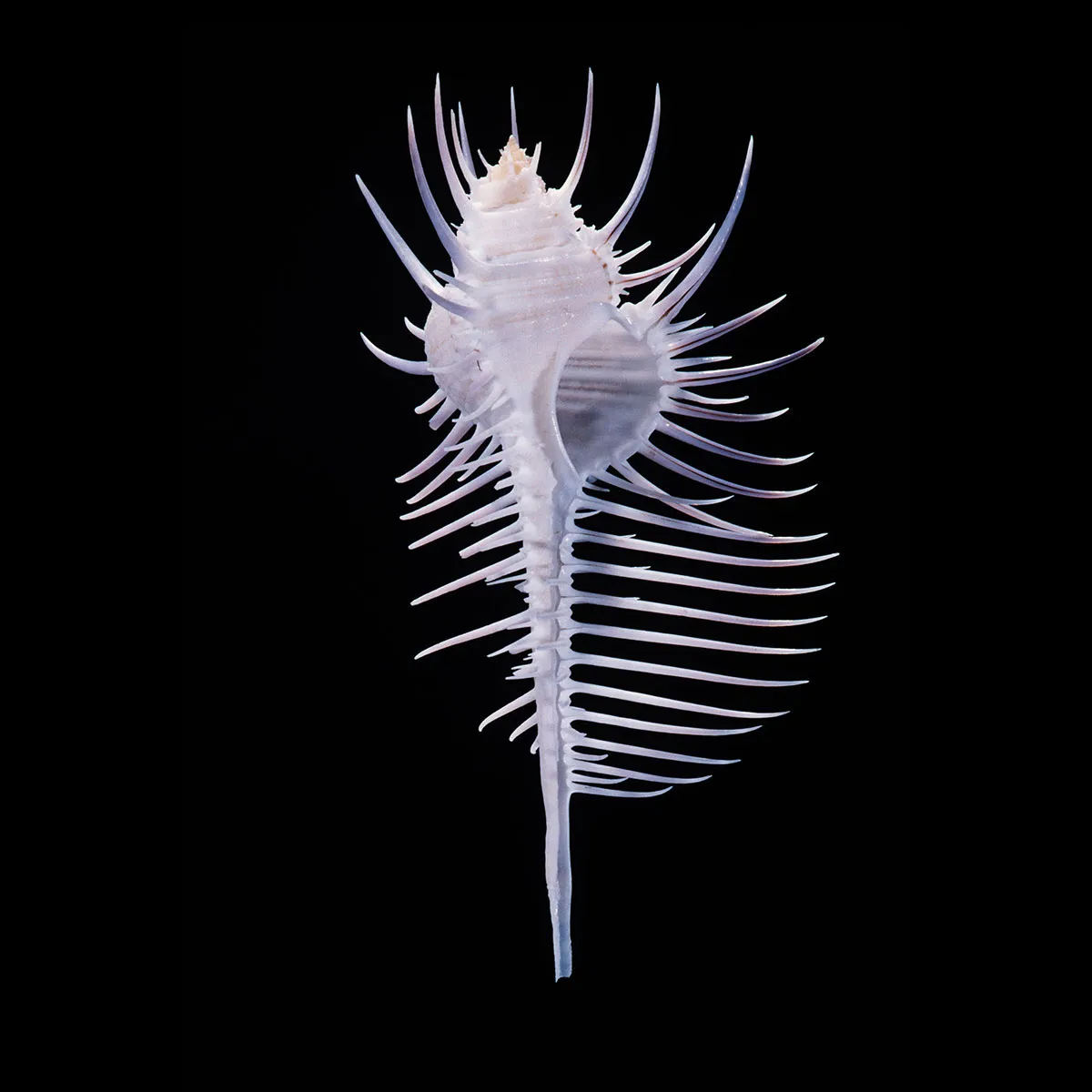
The Venus comb murex is one well-defended snail. With a shell that bristles with more than 100 sharp spines, it takes a brave and tough-jawed predator to attempt to eat one. The spines also help to stop the shell from sinking into the soft seabed.
Murexes are voracious predators themselves. The shell’s long channel houses a tube, called the siphon, which draws in water and lets the snail detect chemicals alerting it to the presence of prey. A living murex has a muscly foot sticking out of its shell. They creep up on other molluscs, grab them with their foot and then drill a hole in the shell with their sharp radula tongue. Then they insert in a feeding tube, or proboscis, and slurp out the soft innards.
Spines are a common defence among molluscs. Not only do they make shells difficult to handle and swallow, but they also help camouflage them by encouraging sponges and seaweed to grow on the outside.
Carrier shell
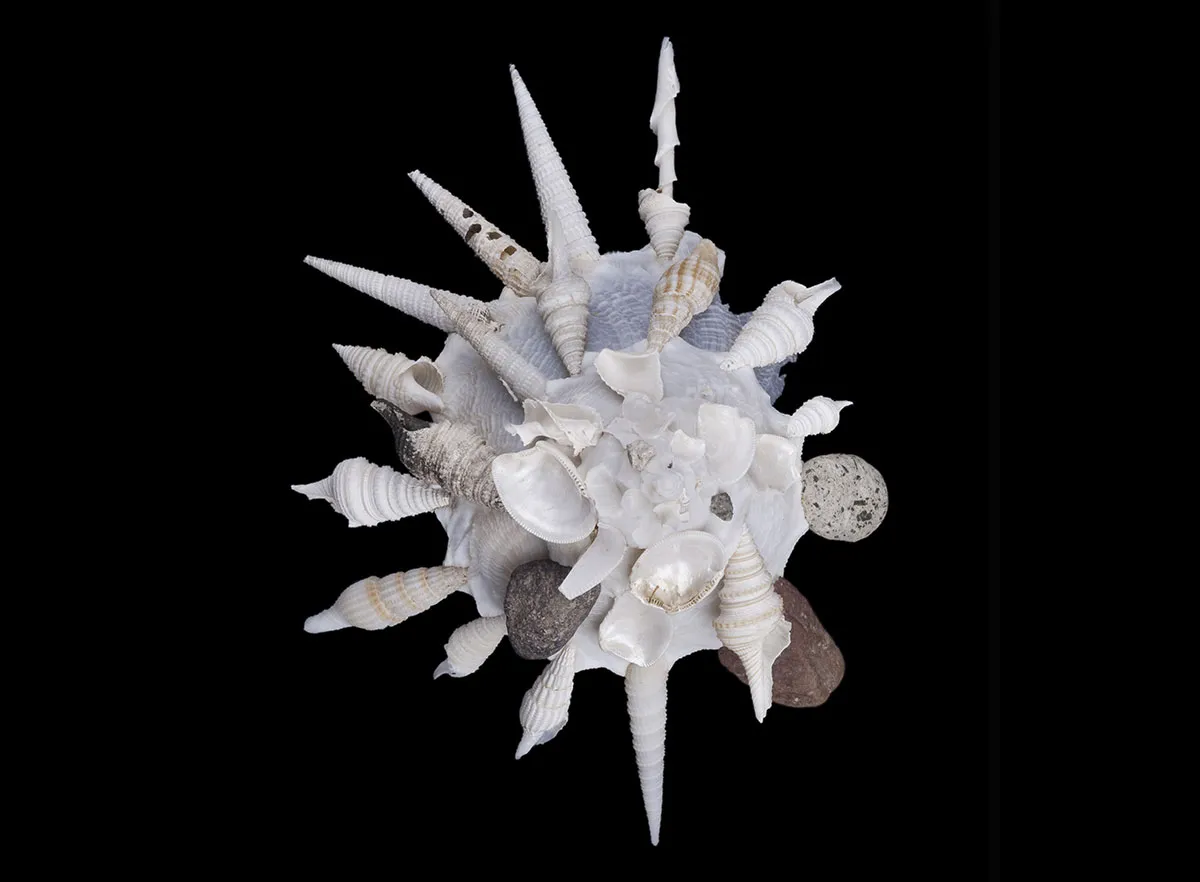
Xenophora do pretty much what their name describes. Based on ancient Greek words, these are sea snails that ‘carry strangers or guests’. In English, they’re generally known as carrier shells.
In this picture, you can just make out the original shell of this snail: it’s the largest, twisting, all-white shell, which lies underneath a collection of found objects, including spiralling turret shells and cerith shells, clam shells and pebbles. Carrier shells have also been known to decorate themselves in chunks of corals and sponges many times bigger than their own shell. Some even pick up bits of human trash they find on the seabed, such as bottle tops.
To create their elaborate outfits, a carrier grabs an empty shell with its muscly foot and holds it in place. Then it uses its soft body tissue, called the mantle, to glue it in place. The bio-glue is made of calcium carbonate, the same material as the shells themselves. Using old shells is a cost-effective way for the carriers to make themselves bigger and harder for predators to identify and handle.
Dall's cone snail
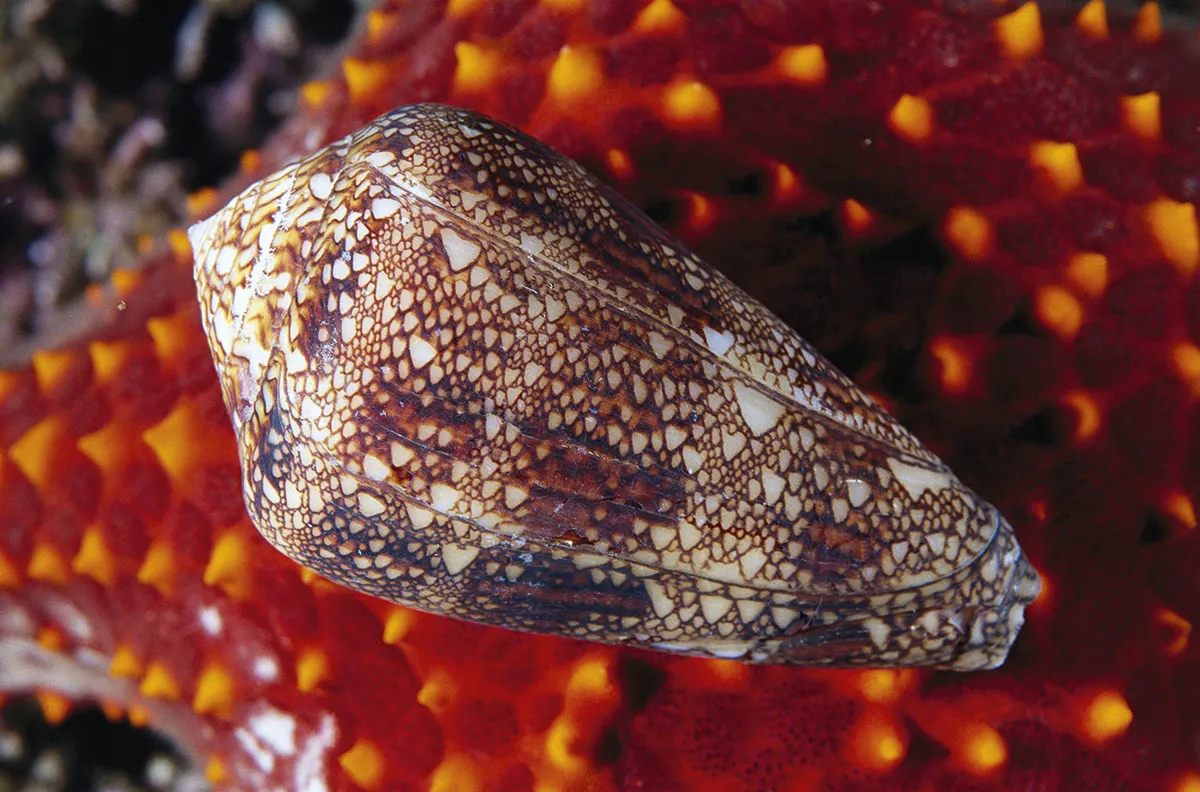
This is Dall’s cone snail, one of around 700 Conus species famous for their beautiful shells and potent venom. Some cone snails hunt fish with a ‘taser-and-tether’ tactic. They harpoon victims by spitting out venomous teeth that cause instant paralysis – lethal, but with great potential in the human world. Cone snail toxins have inspired a drug that blocks pain signals in people suffering from chronic pain.
Other cone snails make toxins that mimic the hormone insulin and cause their victim’s blood sugar level to crash, so they pass out. A research team recently took inspiration from cone snails to create a modified form of human insulin, which is fast-acting to give patients with diabetes more immediate control over their blood sugar.
Bea Ramiro from the University of Copenhagen studies a deep-sea cone snail whose hunting strategy is ‘ambush-and-assess'. This snail’s venom takes up to three hours to work, so after attacking its victim, it retreats and waits for it to die, much like rattlesnakes do.
These slow-acting venoms mimic another common hormone, somatostatin, and could lead to new painkillers that one day might replace morphine.
Allied cowry

This allied or false cowry is nestled in a soft coral on Sha Tong Hau Shan Island, south of Hong Kong. You can just make out its pink shell, but most obvious is the spectacular crimson and white mantle.
This soft tissue sticks out of the shell’s opening and most of the time completely covers it. The colours and white pimples closely mimic the polyps of the soft coral, giving the snail brilliant camouflage.
Allied cowries are all parasites that feed on the octocorals they live on, including sea fans, sea whips and sea pens. Many allied cowries obtain pigments from their food and secrete them in their mantle, a process known as ‘alimentary homochromy’. This helps make them an even closer colour-match as they hide among their hosts. Some cowries have brightly coloured mantles as a warning of the toxic chemicals they contain.
Like their close relatives, the true cowries, these sea snails use their mantle flaps to keep their shells shiny like porcelain. The mantle secretes layers of smooth calcium carbonate on the outside of the shell, stopping anything from growing on them.
Heart cockle
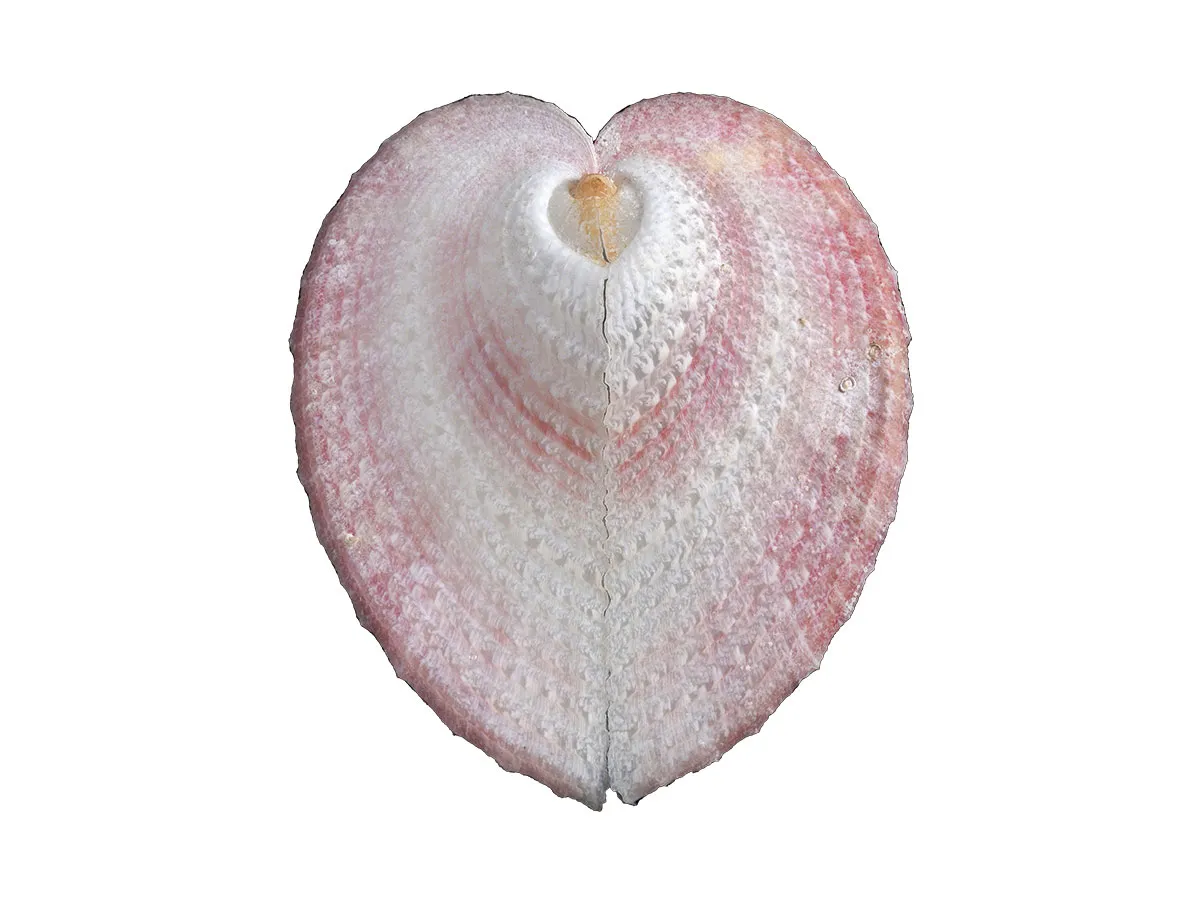
Most bivalves – the molluscs with shells in two parts, like scallops and mussels – are filter feeders. They suck water into their shells through a siphon tube and pass it over their gills. These act as filters, collecting food particles.
But heart cockles do things differently. They feed on sugars made by masses of single-celled algae, called zooxanthellae, that live inside their bodies. To make sure their zooxanthellae can photosynthesise, heart cockle shells are dotted with transparent windows that let the sunshine in. Essentially, their shells act as greenhouses.
The partnership is a mutual one. The cockles get food, and the zooxanthellae get somewhere safe to live with plenty of sunlight.
Giant clams are close relatives of heart cockles and they have zooxanthellae in their mantles too. Giant clams also have specialised cells called iridocytes that contain tiny reflectors that scatter and reflect light. Recent studies at the King Abdullah University of Science and Technology in Saudi Arabia revealed that a giant clam’s iridocytes absorb harmful UV light and then re-emit it as a longer wavelength which the zooxanthellae can use for photosynthesis.
- This article first appeared inissue 377ofBBC Science Focus Magazine–find out how to subscribe here
See more amazing photos of sea life: